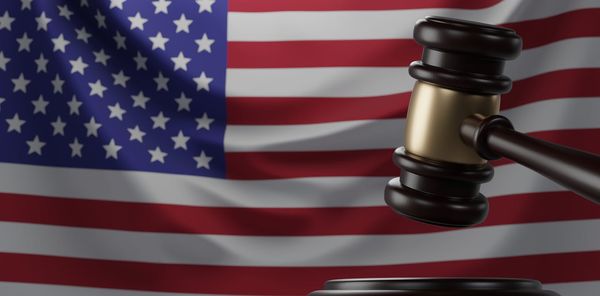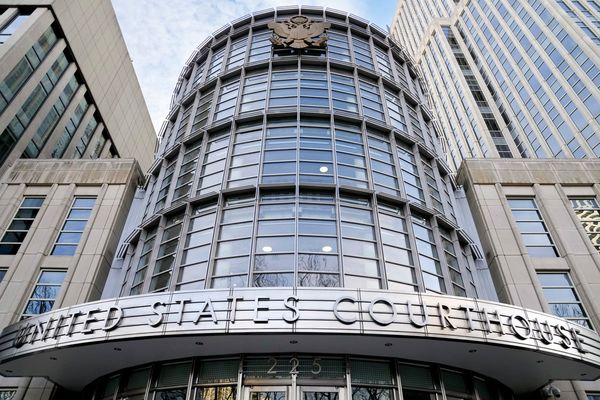
A portrait of a lord mayor of London is going on show for the first time after it was mistaken for a painting of a Parisian prince and spent decades in a French bank.
Researchers only recently identified the piece as the work of John Closterman, though mystery still surrounds the identity of its subject.
The painting was bought by the Banque de France early in the last century, in the belief it was a portrait of the Grand Dauphin — the heir to the French throne.
In fact, it shows a lord mayor of London in elaborate regalia and carrying the distinctive sword, decorated with thousands of pearls, that is still used today.
The coat of arms worn by the horse matches that of Sir Henry Tulse, who was lord mayor from 1683 to 1684 and gave his name to Tulse Hill in south London where he owned land. But the portrait does not correspond with any other known likenesses of him.
Tate curator Tabitha Barber said the confusion might have arisen because the trappings worn by the lord mayor’s horse also include images of dolphins — the symbol of the dauphin. She added that the painting, which is almost three metres tall, was a perfect expression of a culture that “used art to express power”.
The artwork is one of dozens going on show at Tate Britain in a new exhibition, British Baroque: Power And Illusion. It covers the period between the return of the monarchy with Charles II in 1660 and the death of Queen Anne in 1714.
Among the other works is The Annunciation 1686 by Italian painter Benedetto Gennari, which is thought to be on public view in the UK for the first time since the reign of William and Mary.
It was painted for James II’s Catholic chapel at Whitehall Palace, but the chapel was shut and its contents sold when the Protestant William and Mary came to the throne.
Also on show are unfulfilled plans by Sir Christopher Wren’s office for a new palace at Whitehall, after a fire in 1698 destroyed the previous one.
Restorers have also been at work on portraits of two aristocratic ladies, which were shortened 200 years ago so that their owner could have more room for paintings of the battle of Waterloo. The Earl of Egremont ordered the canvasses to be cut to three-quarters of their original length to make way for work celebrating the British victory over Napoleon, in which his sons had served.
It will be the first time that the paintings have been seen in full since the 1820s when they were cut down on the earl’s orders.
British Baroque: Power and Illusion runs from February 4 to April 19, tate.org.uk







